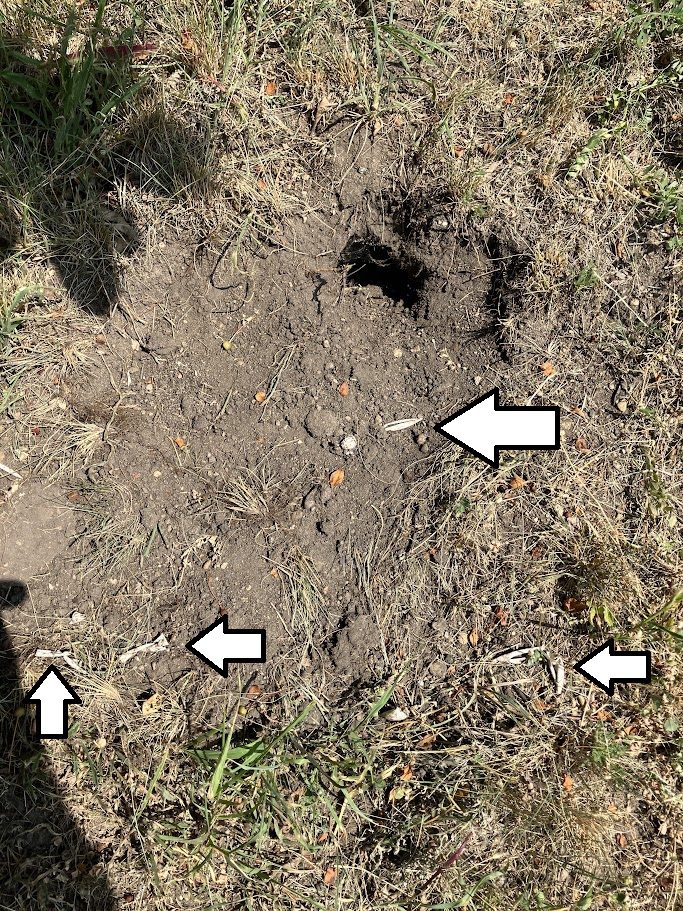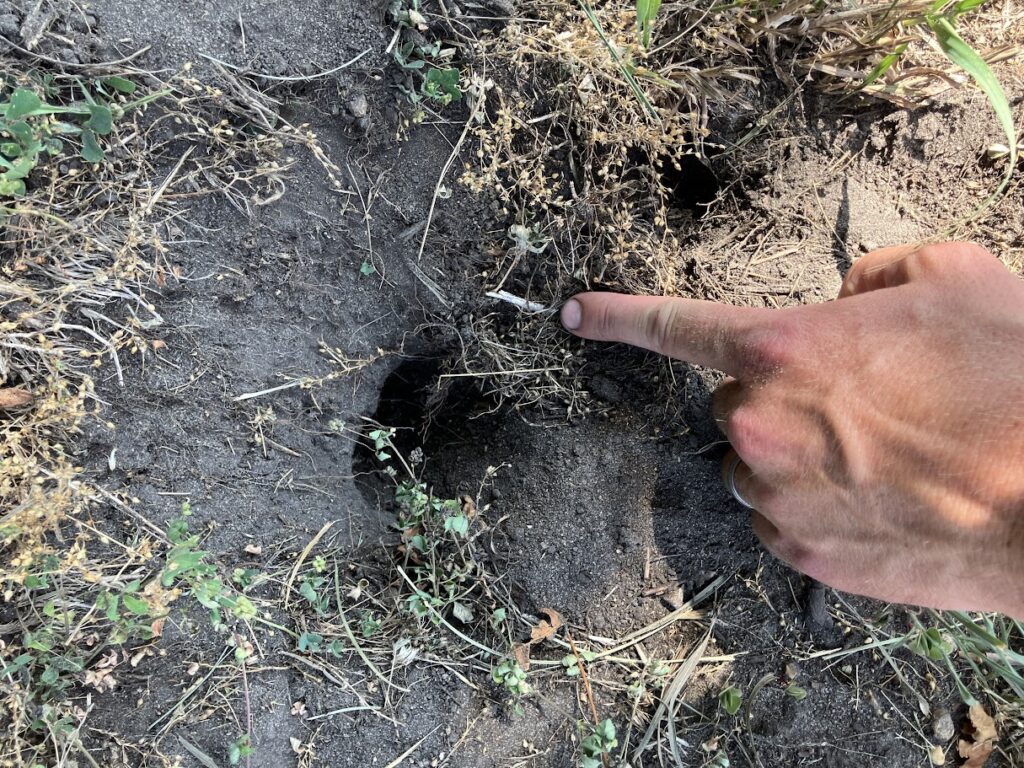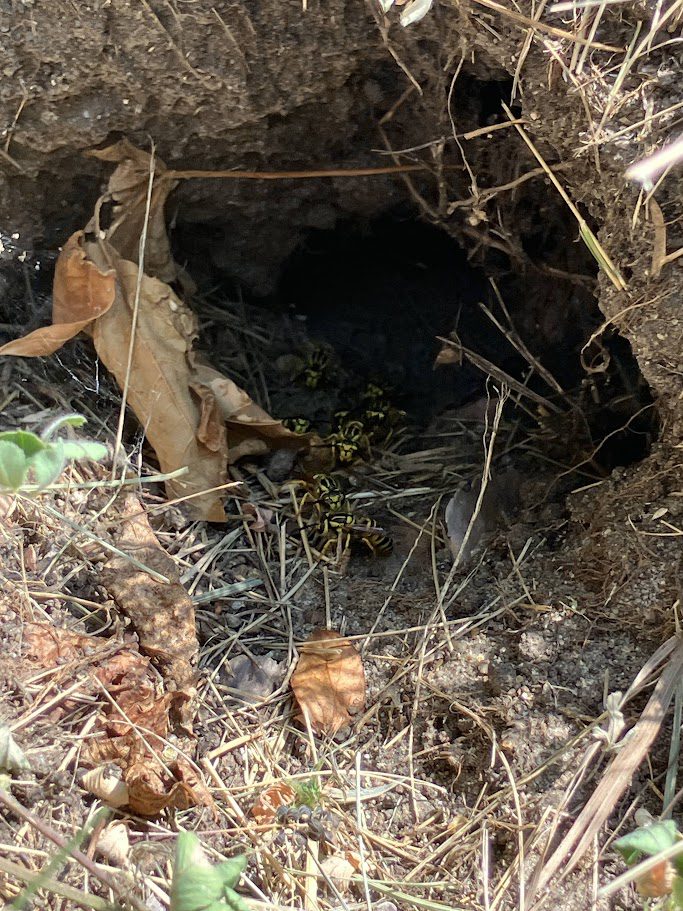Katherine and Adam both contributed to this update on the activities of our Turtle Action Response Team (TART, described here). Enjoy!
We deployed all of our six turtle nest protection devices before the end of spring, all deployed on the south-facing hill at the town park between 5/21 and 6/10.

All of the nesting behavior we’ve observed — and there has been much! — have been by Map Turtles.
Map turtles can easily be identified by the map-like pattern along their shell. A more precise description is given by the University of Georgia Herpetology department:
“The carapace (top domed-shaped part of the shell) is olive green and has an intricate system of faint yellow lines that resemble a topographical map. Any patterning may be obscured by dark pigmentation in females or by algae. Northern map turtle skin is olive to dark brown and contains yellow or greenish markings. The carapace has a shallow but definite midline keel (ridge along center), though the keel lacks distinctive spines or knobs. These turtles consistently have a small postorbital blotch (mark behind the eye) that resembles a triangle with rounded points.”
We watched this mother Map Turtle lay her eggs, pack in dirt over top, then pull grass and sticks over top of the nest to camouflage it. Impressive!
It takes about 50-70 days for the hatchlings to emerge from the nest, meaning we can expect them from now until late August. (That is of course if they do not overwinter, an interesting phenomenon discussed in our last blog).
Another interesting fact is that the temperature of the nest will actually determine the sex of the turtle, with warmer temperatures producing females and cooler temperatures producing males.
Having placed all six of the boxes, we knew several (10+?) additional nests had been laid in the same hill. We also knew there were racoons in the area, having heard about boats being damaged by the nocturnal, snack-seeking critters. So we were a little surprised that none of the unprotected nests had been dug up. We were certainly happy with the public engagement and enthusiasm, but if the nests weren’t really in need of protecting, maybe we concentrate our efforts elsewhere?
However, I went by on a hot and dry July 15th and saw this:

The arrows are pointing to shriveled egg shells (they lack the hard exterior of chicken eggs, I believe), consumed by some predator who had dug them up and dined.
There were several (maybe five) destroyed nests, including some right next to the boxes, which remained unmolested.

Pointing at the shell…

Also, don’t just go sticking your hands down any hole without looking first, or you might get a nasty surprise!

So next time you are strolling along the park, or anywhere where turtles may have laid their eggs, keep an eye out and you may just be lucky enough to see the hatchlings scurrying down to the water! Please let us know, if you do.

Hi, I’m Adam Thada, President of the Lake Maxinkuckee Environmental Fund in Culver, IN. I studied Biology (BS) at Indiana Wesleyan University and Environmental Science (MSci) at Taylor University. The last decade or so has found me in Northern Indiana, working in sustainability, environmental education, and ecological restoration.

Recent Comments